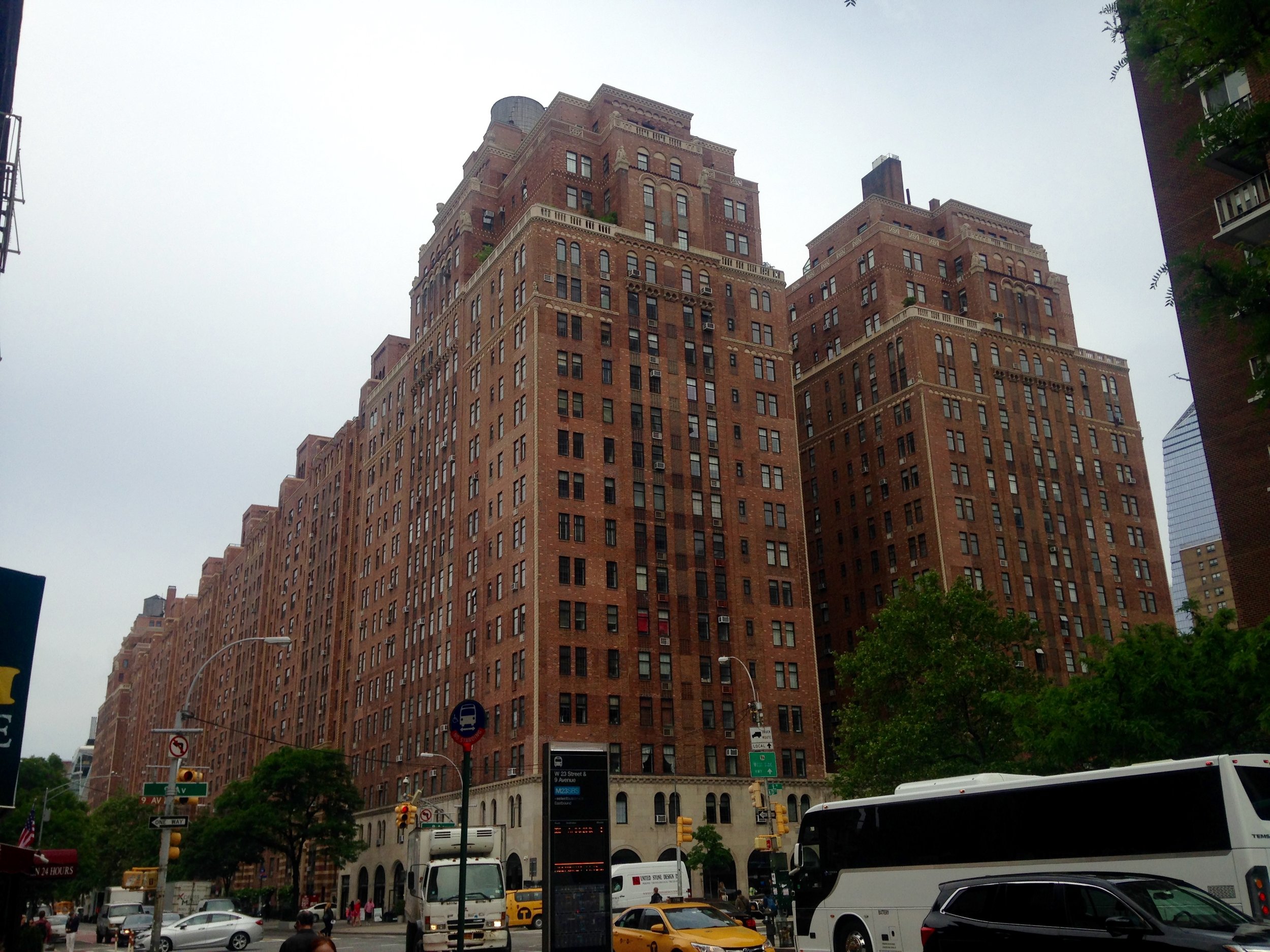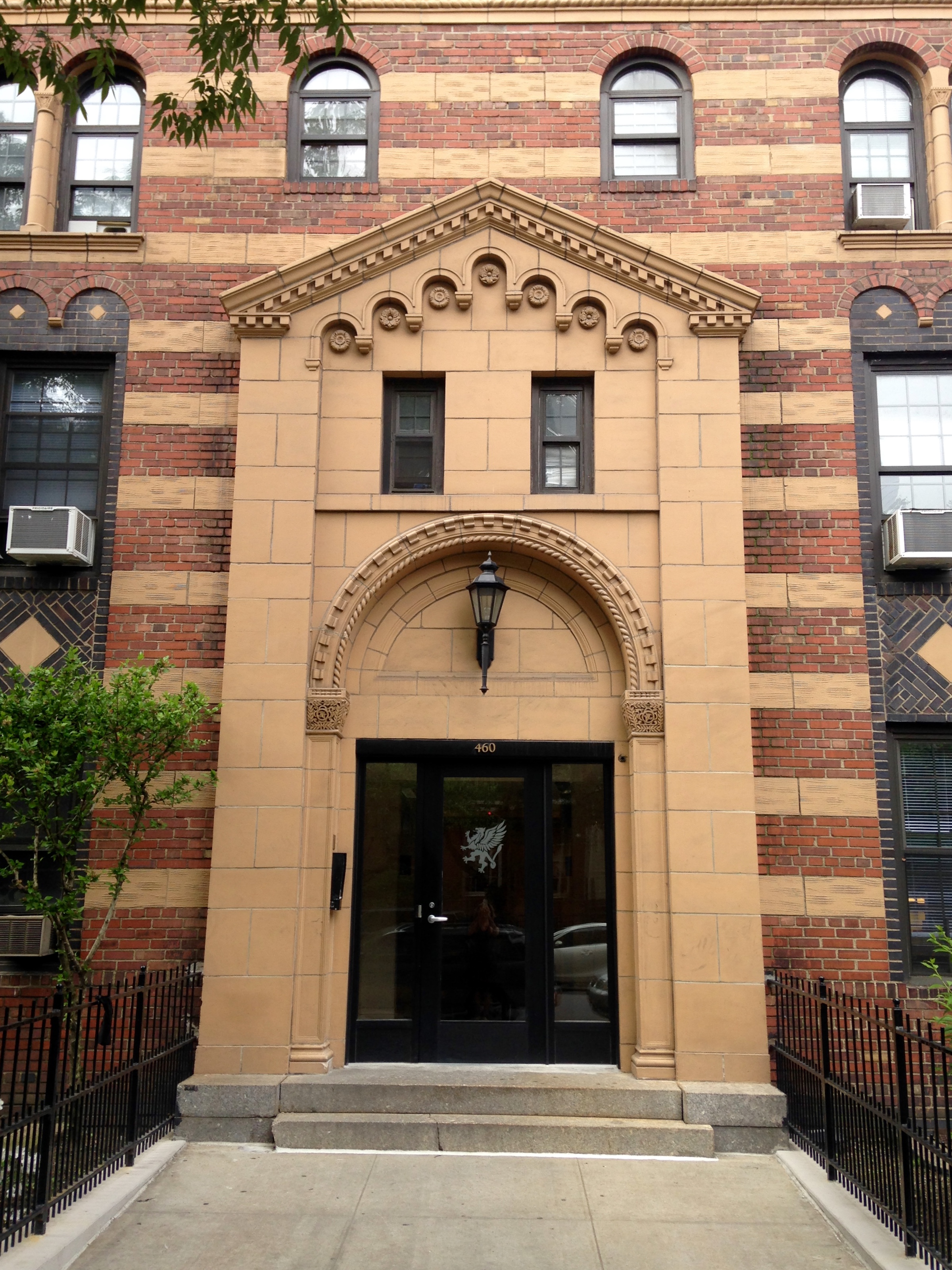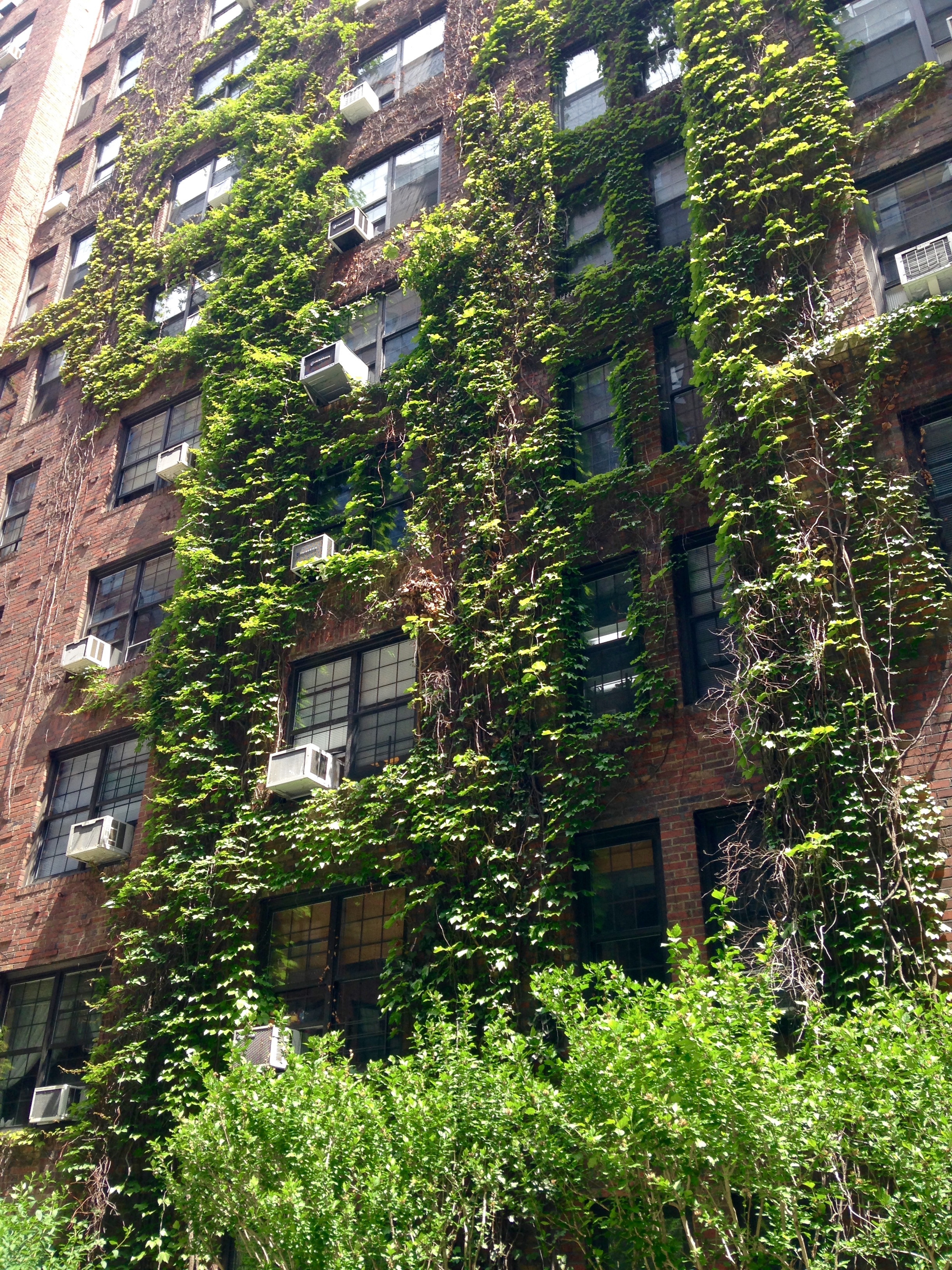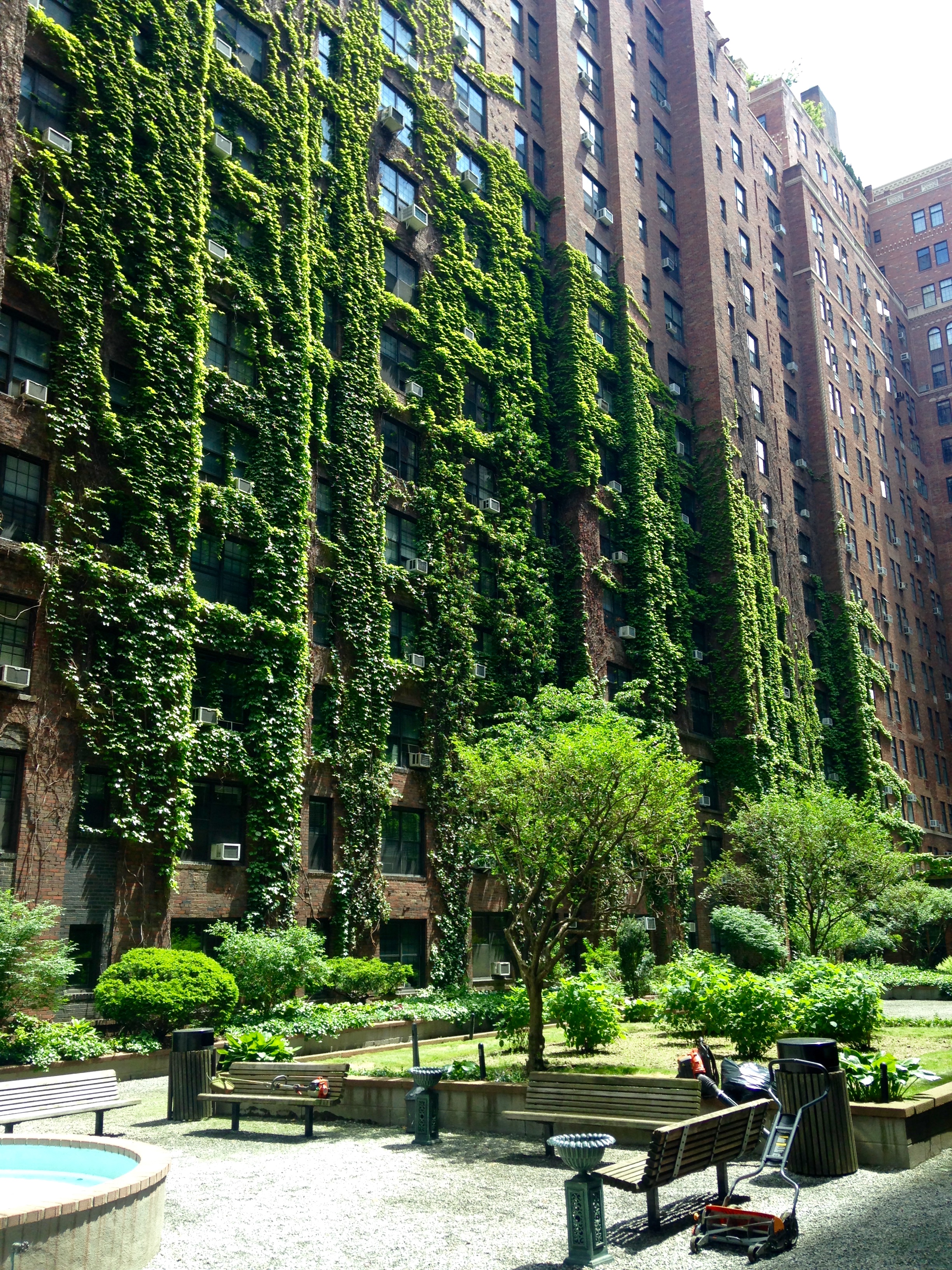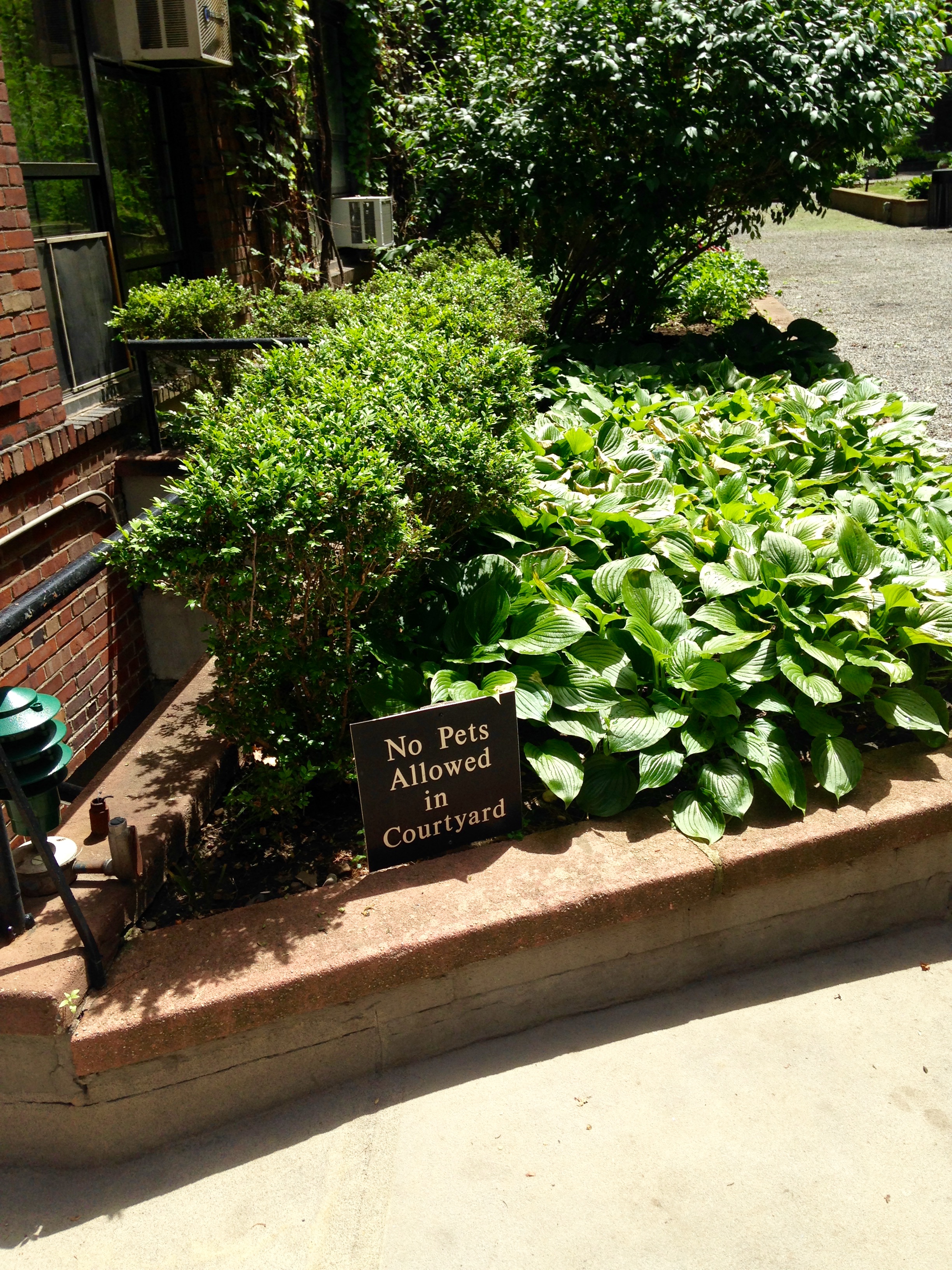New York: London Terrace Gardens
I’ve been coming to New York to visit my family for about 40 years. The area where my cousins settled in the late 70s (SoHo) has gentrified beyond recognition, a phenomenon well-known in global cities (though SoHo’s rise from broken to brazen is particularly marked). Since studying architecture in the late 80s, I have tended to visit the latest ‘destination’ housing schemes: the higher end, higher rise creations of the starchitects. It has taken me too long to realise that there is far more to be learned from both the understated muscularity of New York’s 20s and 30s apartment megaliths as well as the stark visions of its garden city enthusiasts (of which more later). But I’ve started that pilgrimage this year.
I got distracted on the High Line by spotting a massive, block-long apartment building in Chelsea - a welcome contrast to the try-hard condos going up along the now infamous raised landscape. [I wonder how the High Line's visionary founders feel about the linear real estate boom they have unwittingly created?]
London Terrace was developed in the late 20s by Henry Mandel, described on one site as that era's Donald Trump - but with better hair. There are 1665 apartments in 17-19 storey perimeter buildings on a 2.2 hectare lot, giving a density of c. 750 dwellings/ha: the nerds amongst you will know that that is a phenomenal density, even for an urban area. So does it feel oppressive?
photo: New York Times
The answer of course lies in the amenities, which include a huge indoor pool, a health club, shops, laundry, concierge, and a vast canyon of a communal garden. I was lucky enough both to be let in, and also to speak with Sebastian who has been gardening at LT for 21 years. 'I've created a monster', he enthused, 'but these are my babies' - pointing out thriving hostas, ferns, creepers and many elegant multi-stem trees which put up with a maximum of 2 or so hours of sunlight. The communal garden has not to date been much used for relaxation by residents, but this may be in the offing with new tables and chairs being proposed outside by a younger clientele than previously existed. These will combine nicely with the new indoor lounge area where the concierge team (dressed in London police uniforms to suit the block's name) gently deals with parcels, cleaning and other services.
The newly restored detail (by Farrar and Watmough architects) also lifts the density; eagle-headed gargoyles are only a small element of the exuberant upper storey decorations. Space standards are good - a studio is being let at 550 sq ft and a one bed at 800 sq ft - but affordability is not (studios go for c. £2,400/month), though there are some rent-stabilised apartments there.
We must start talking more clearly about housing density in the UK, and showing how large numbers of homes can be accommodated in humane and beautiful ways.
PS Despite the now enduring success of London Terrace and its ilk, Mandel's property empire collapsed in 1933 during the depression as rents failed to materialise, with Mandel ending up in prison for failure to pay alimony. Other property tycoons take note.
PS2 LT website: http://www.londonterrace.com/history




